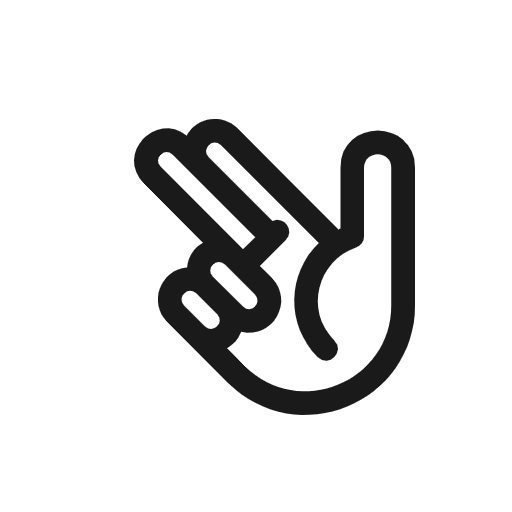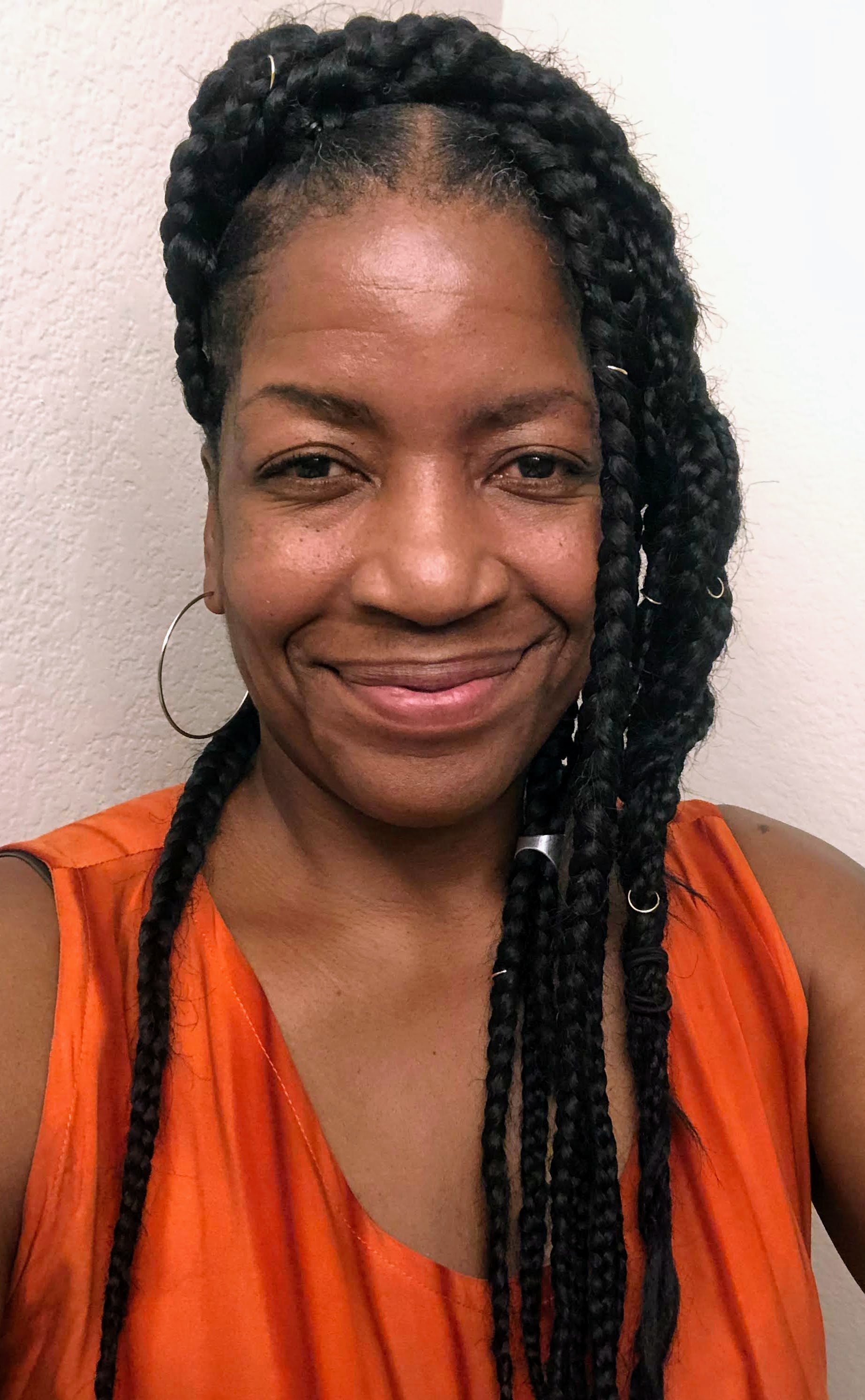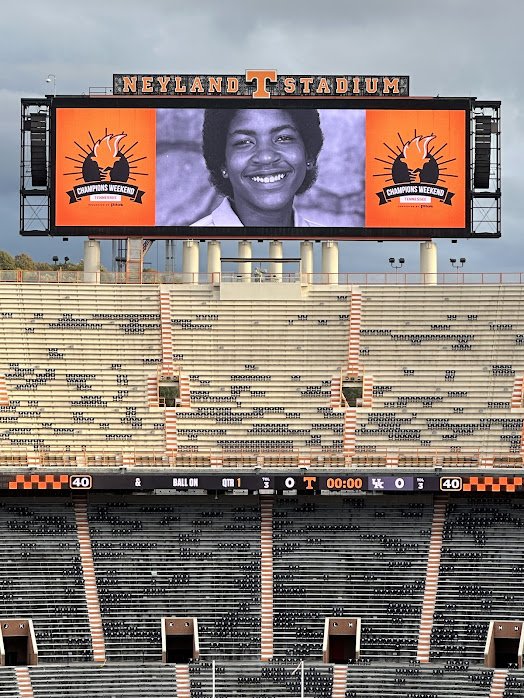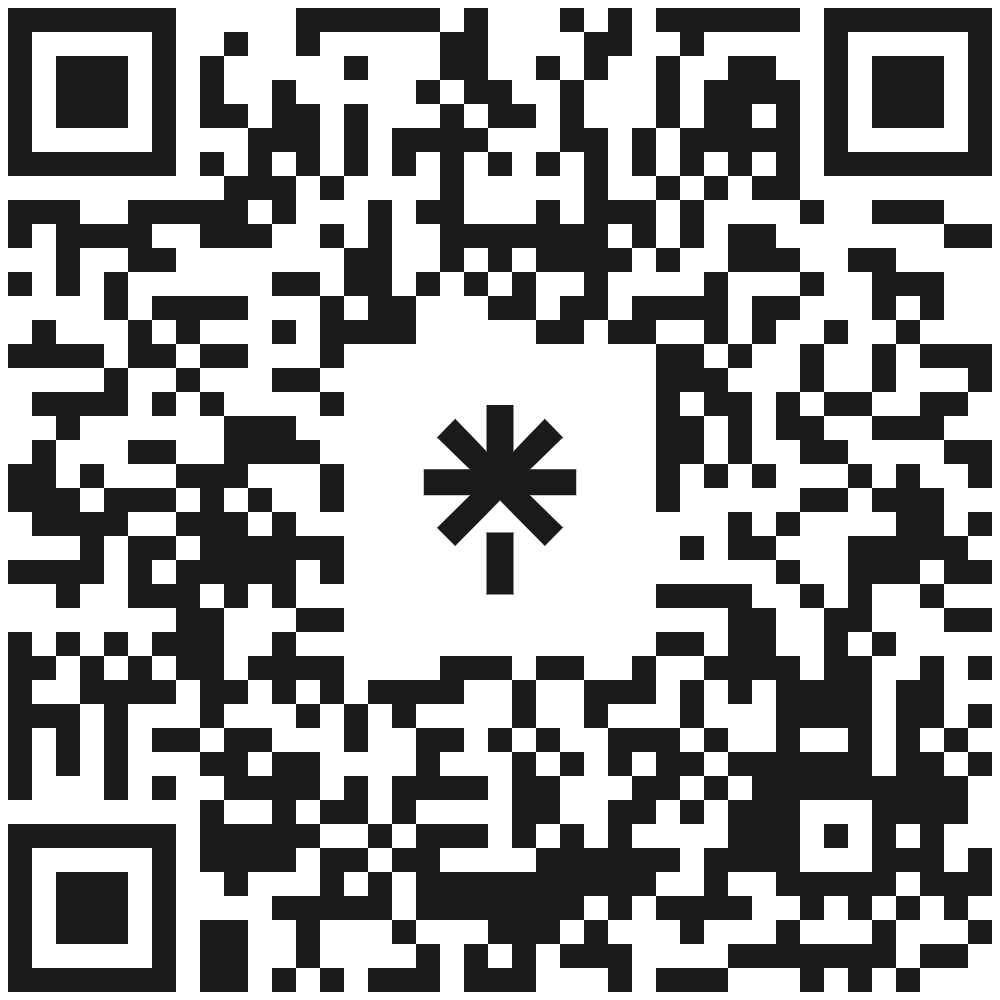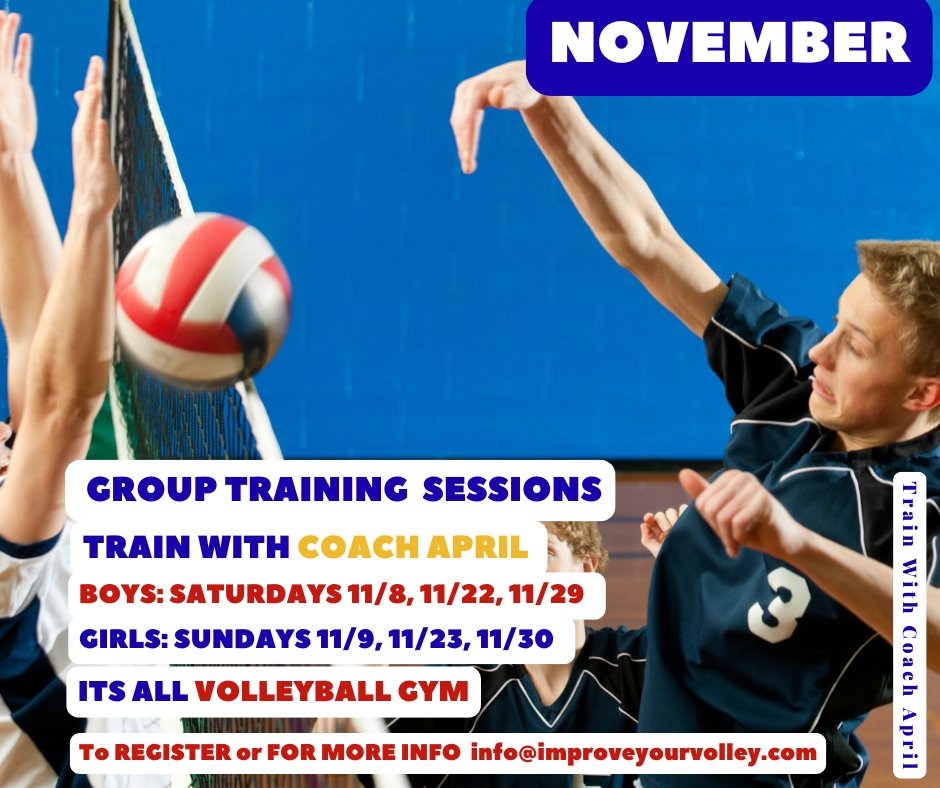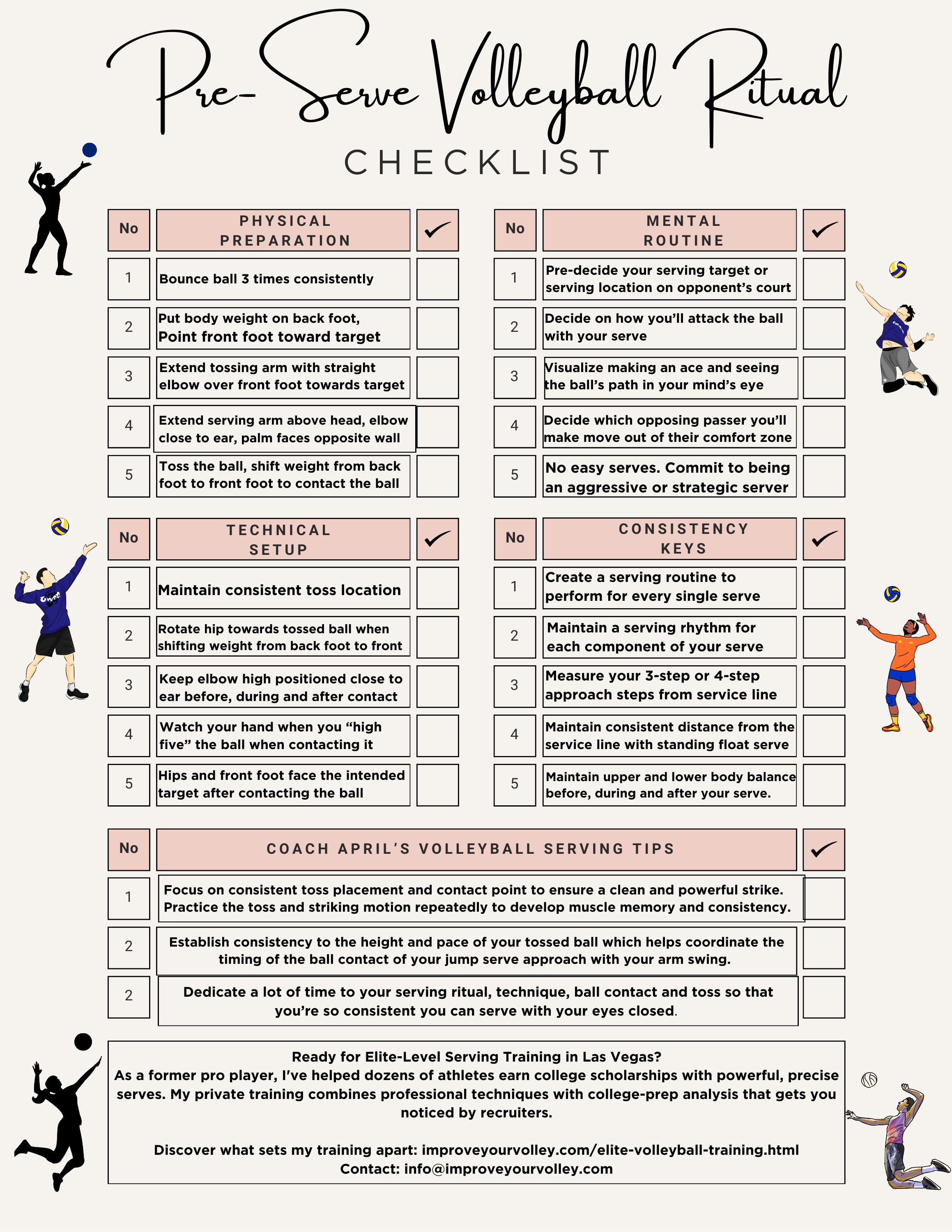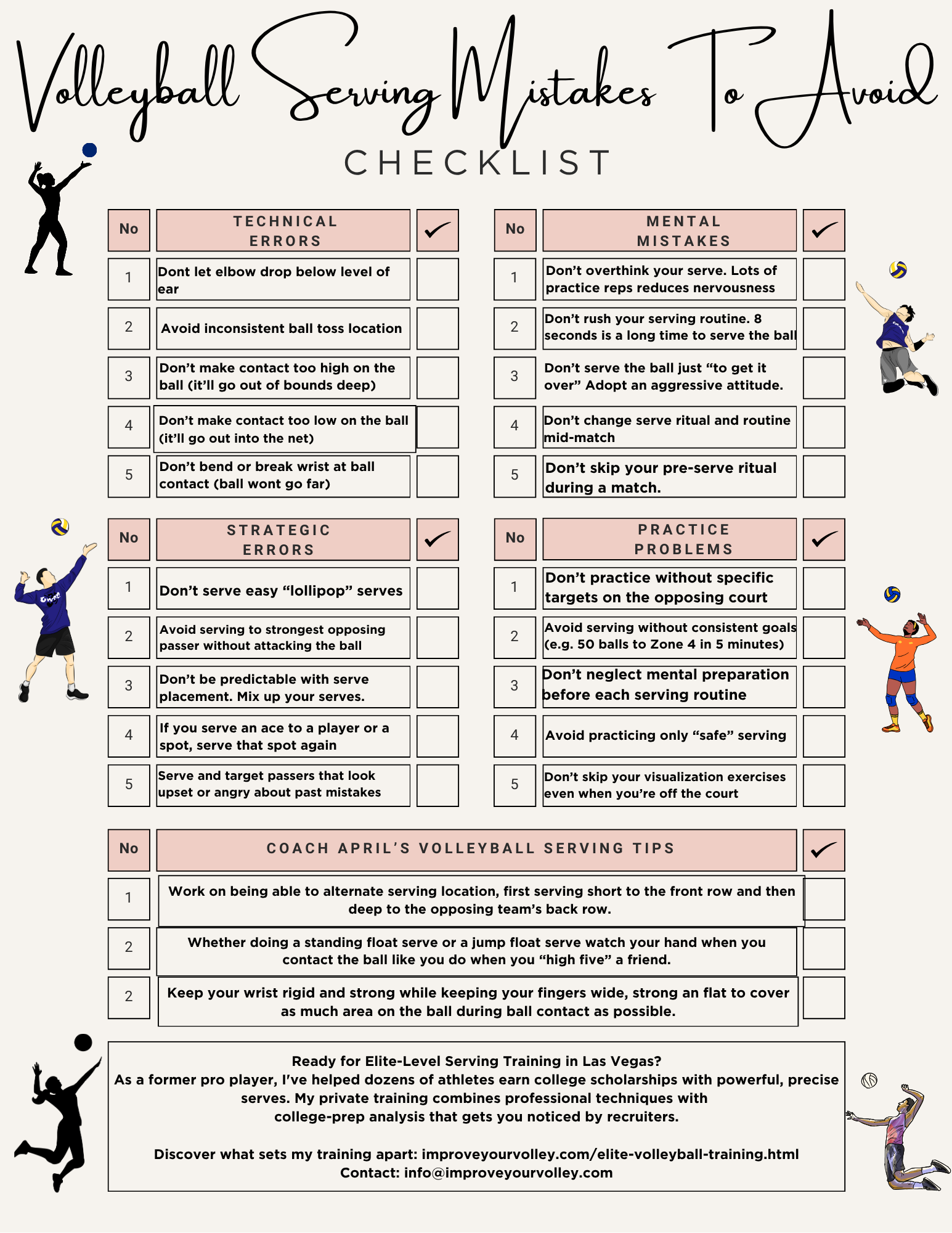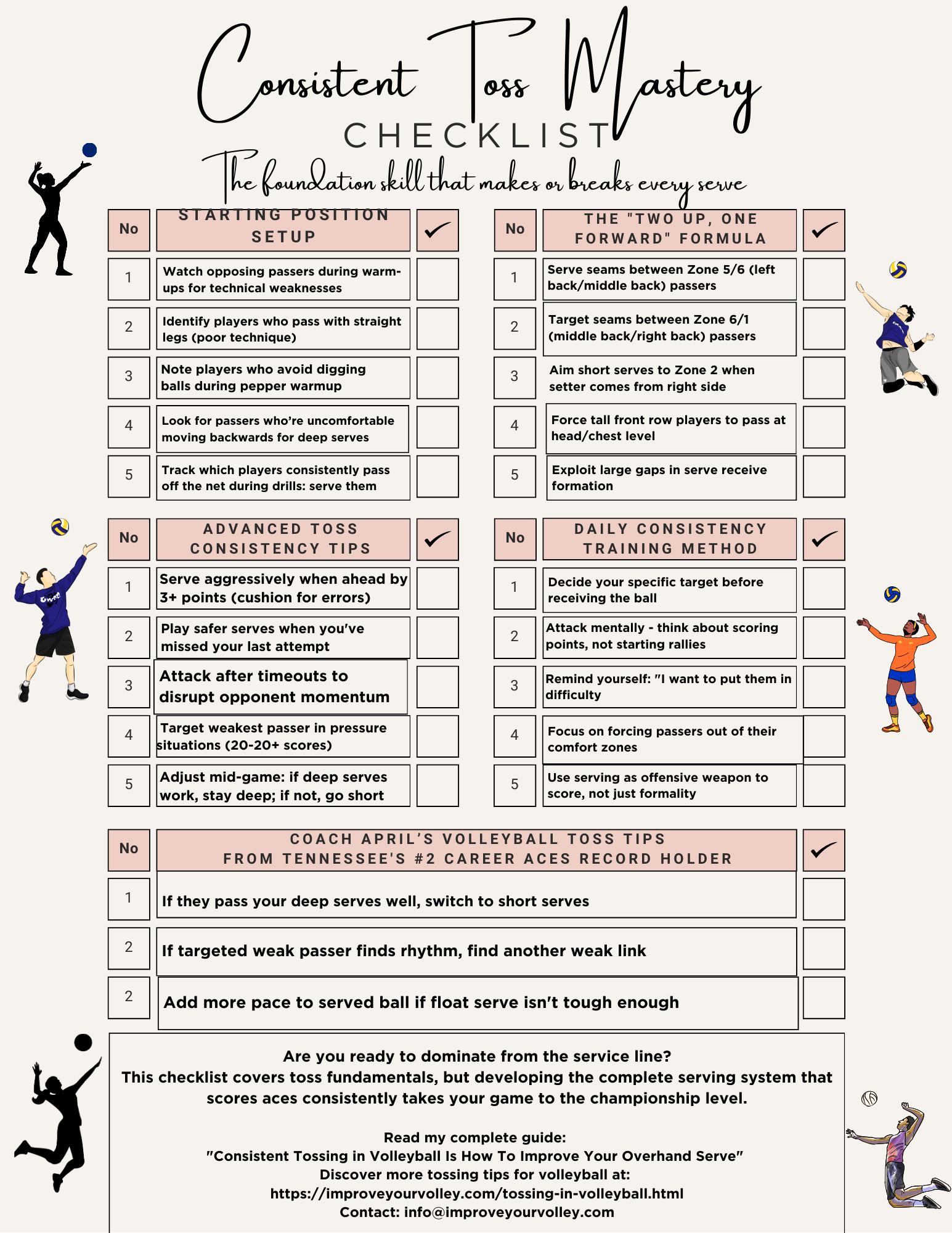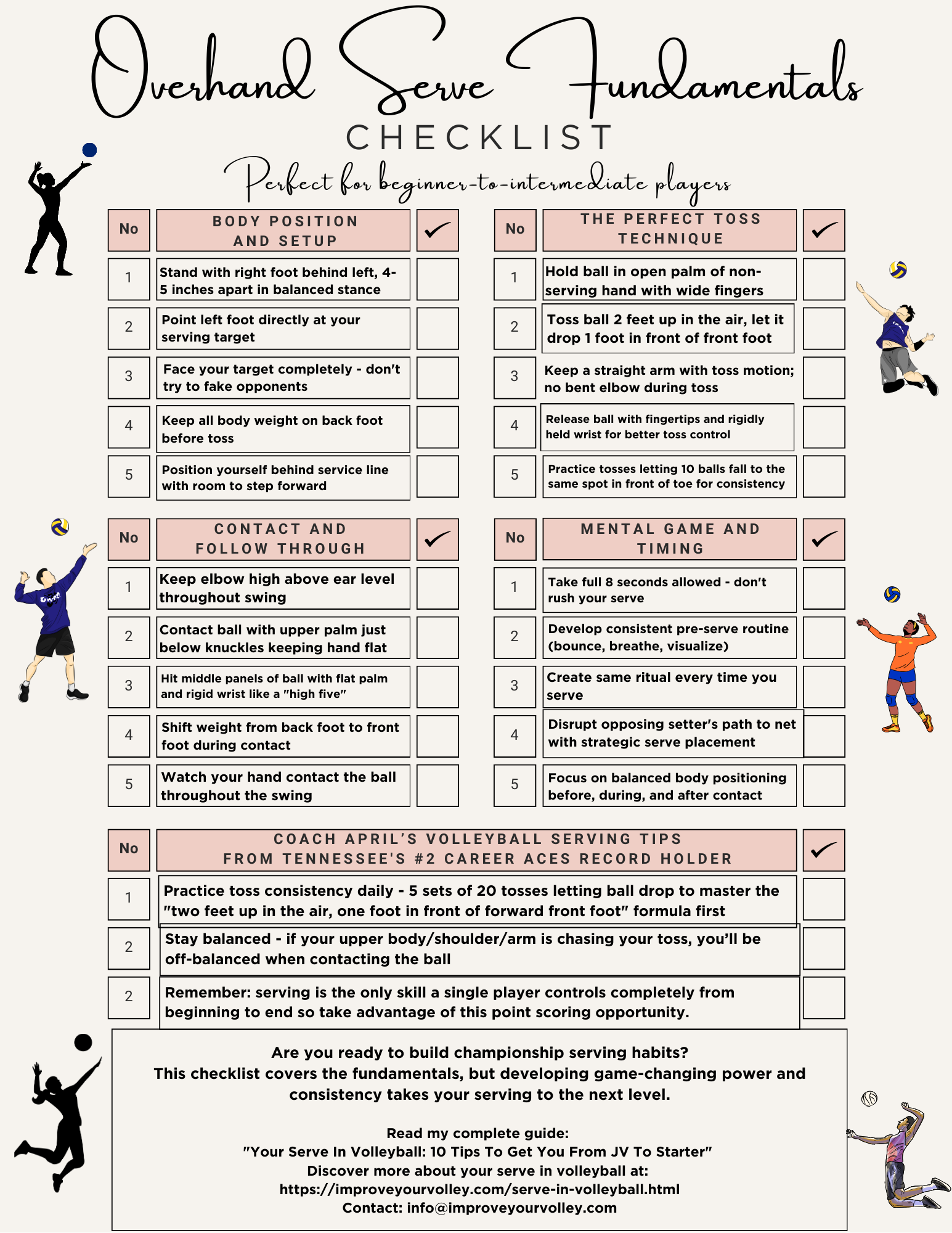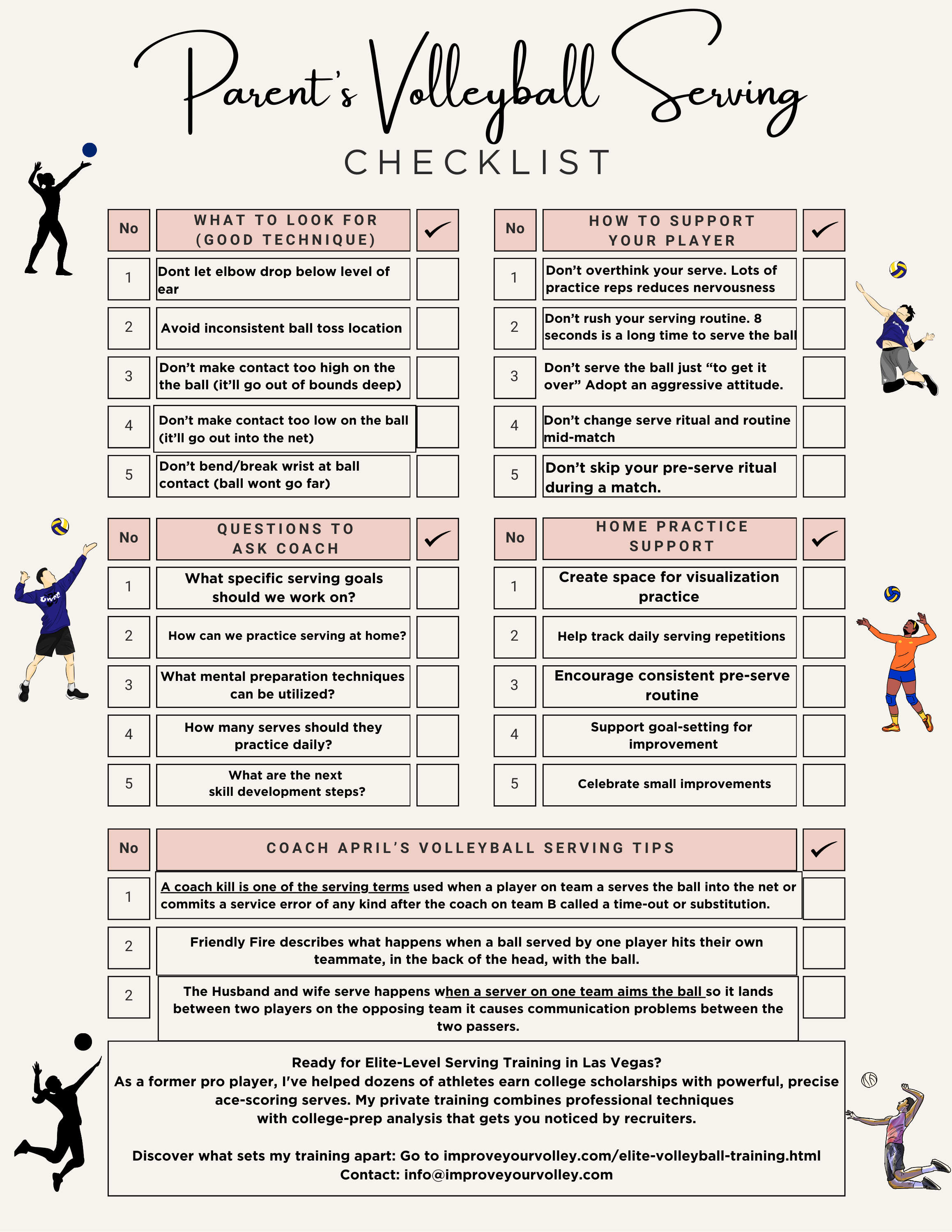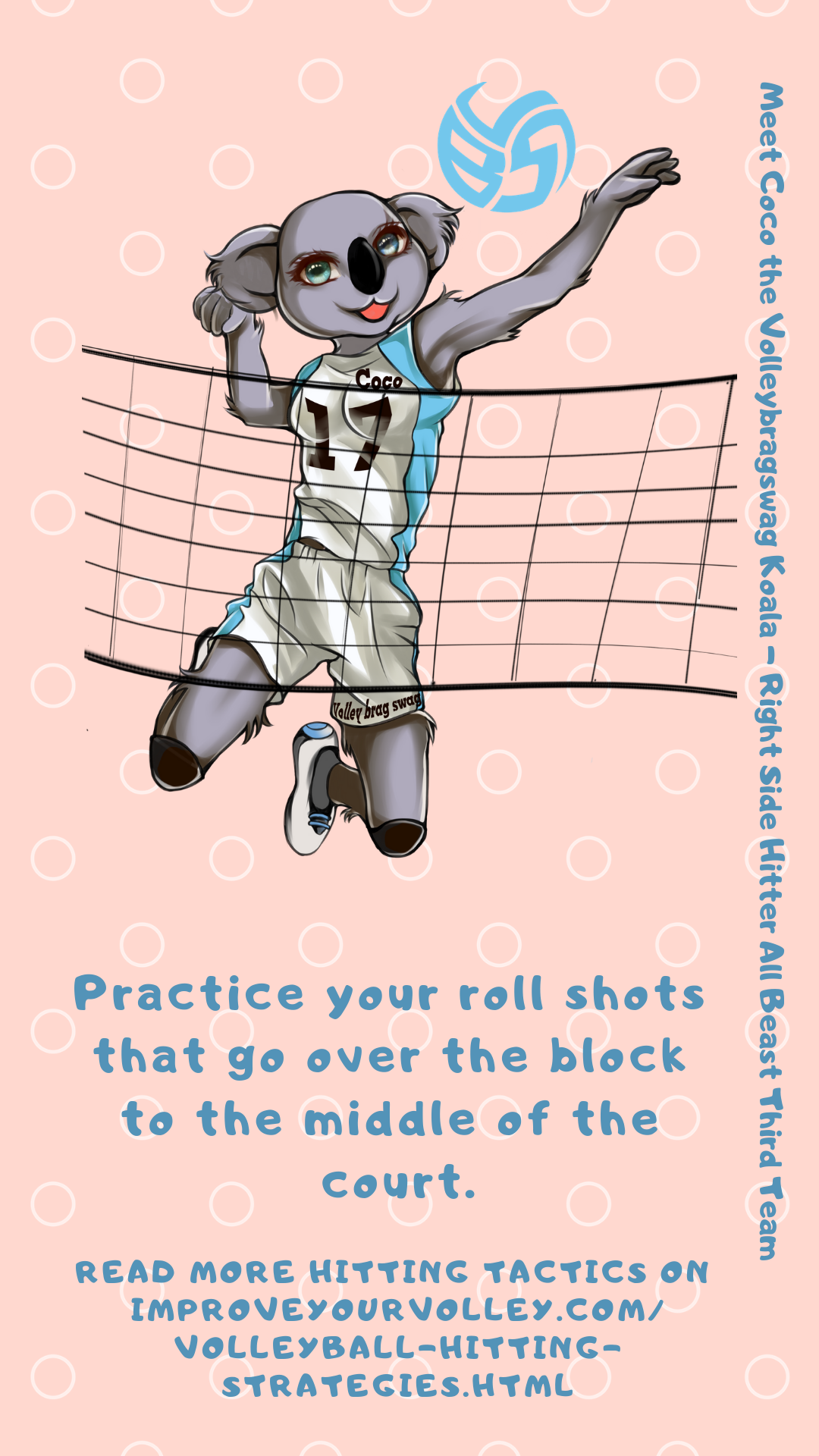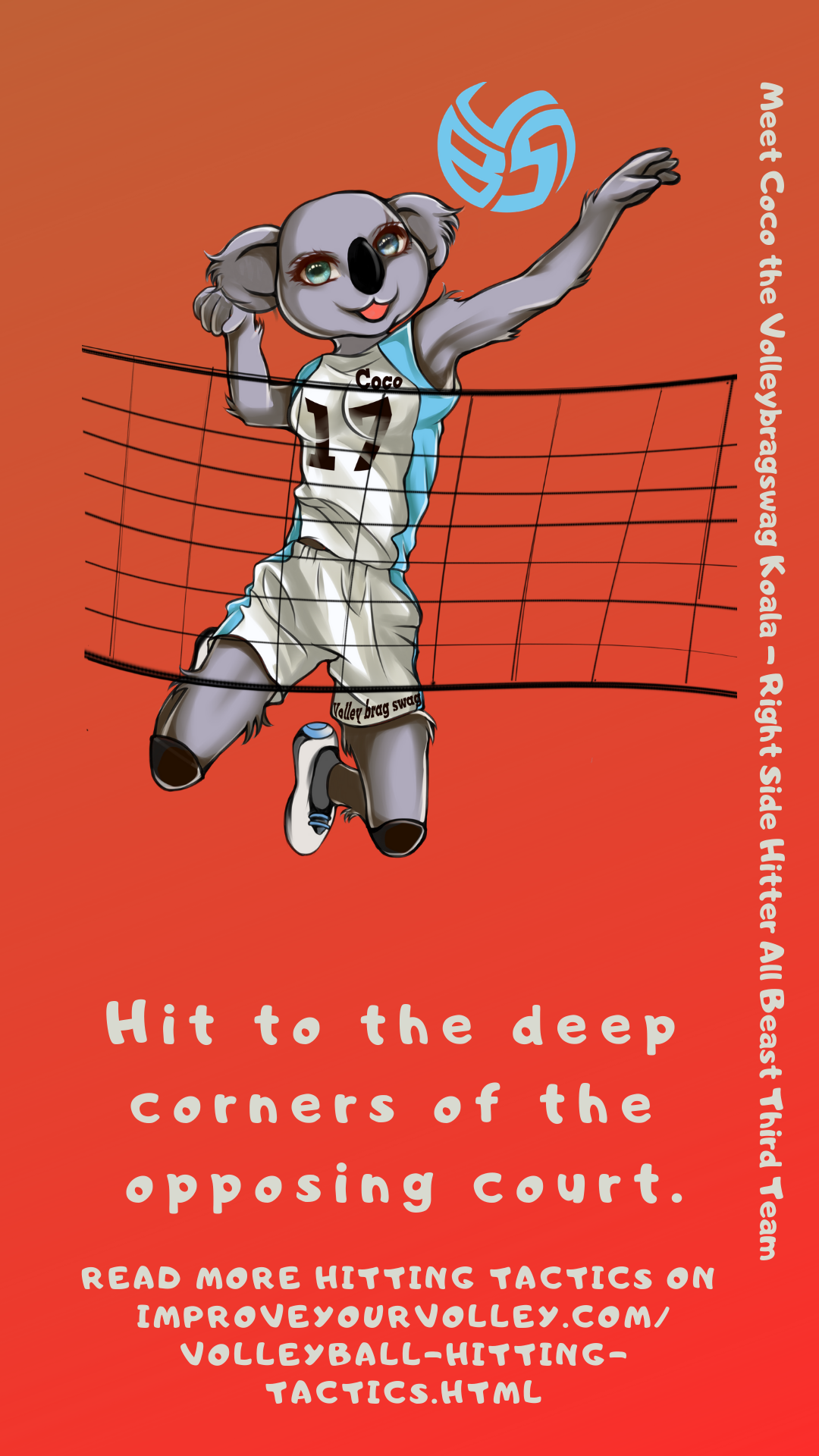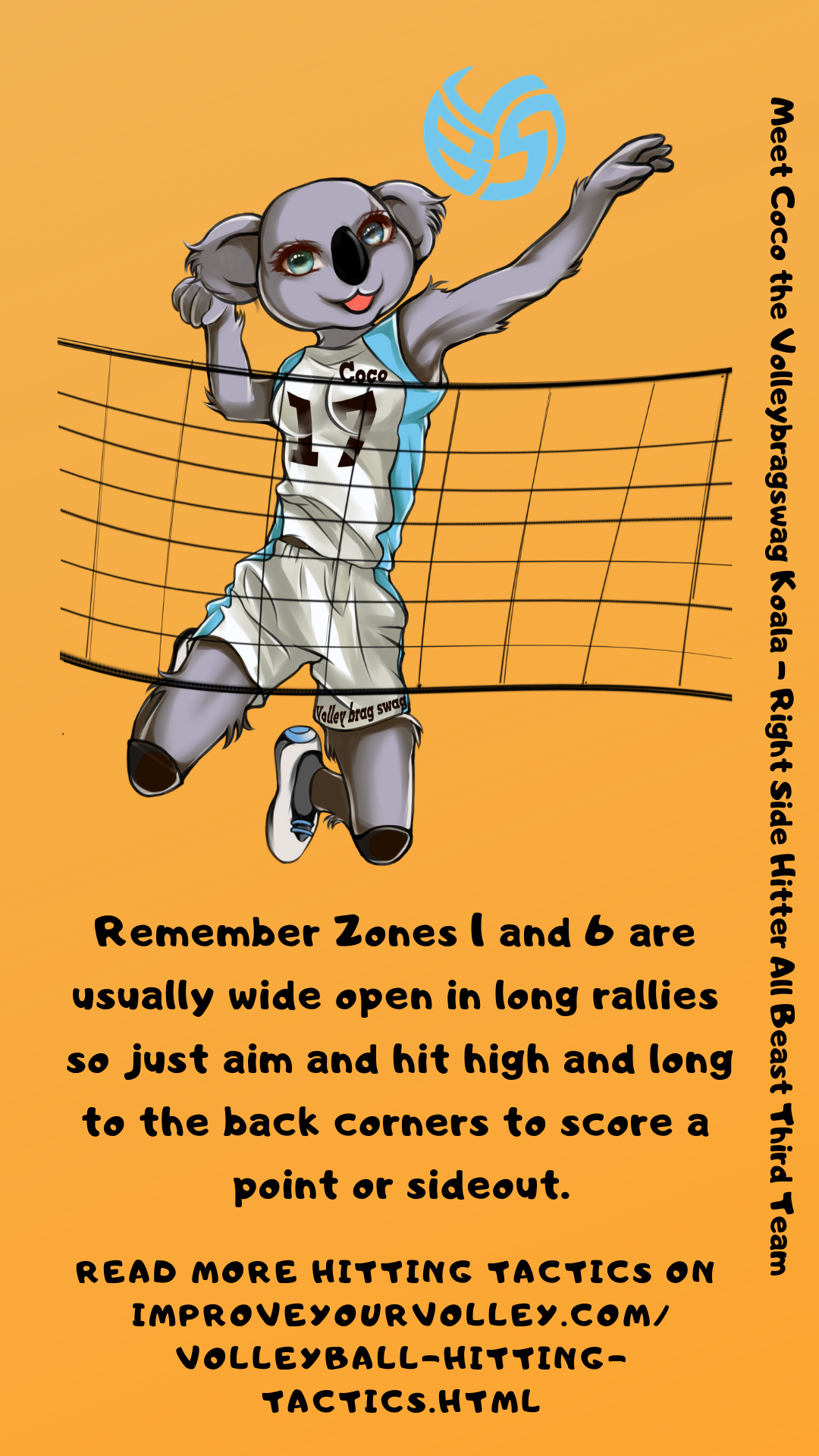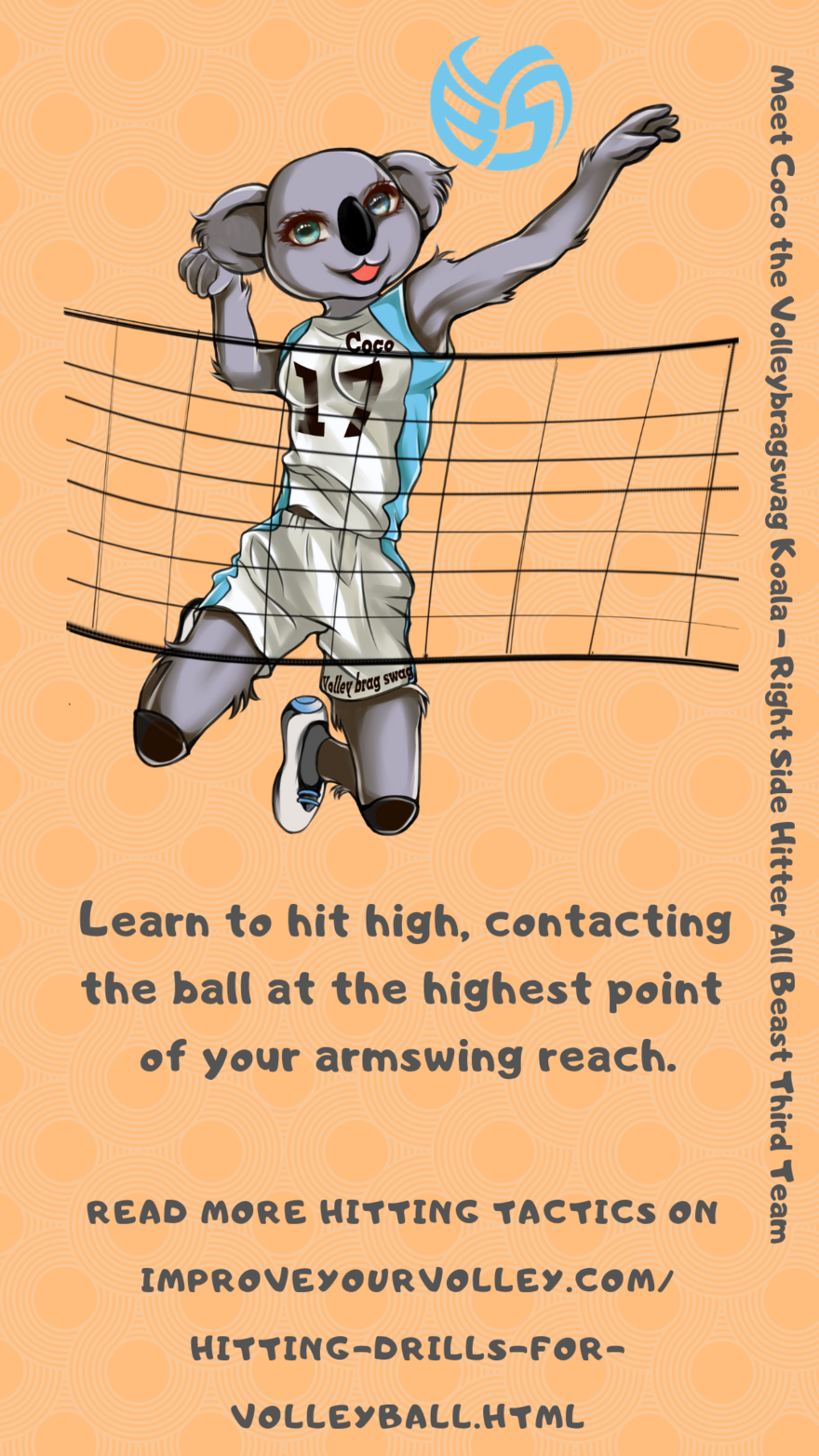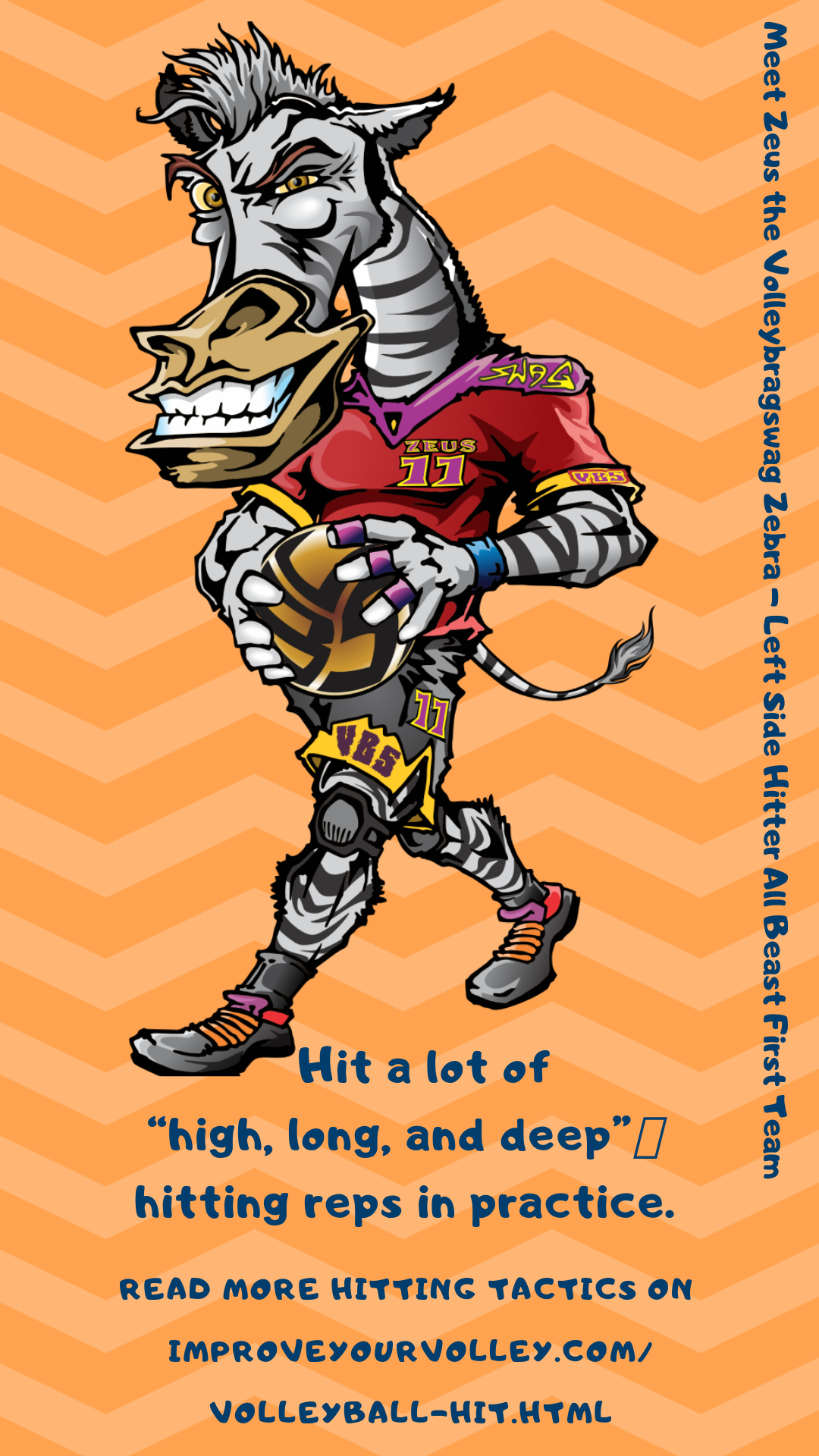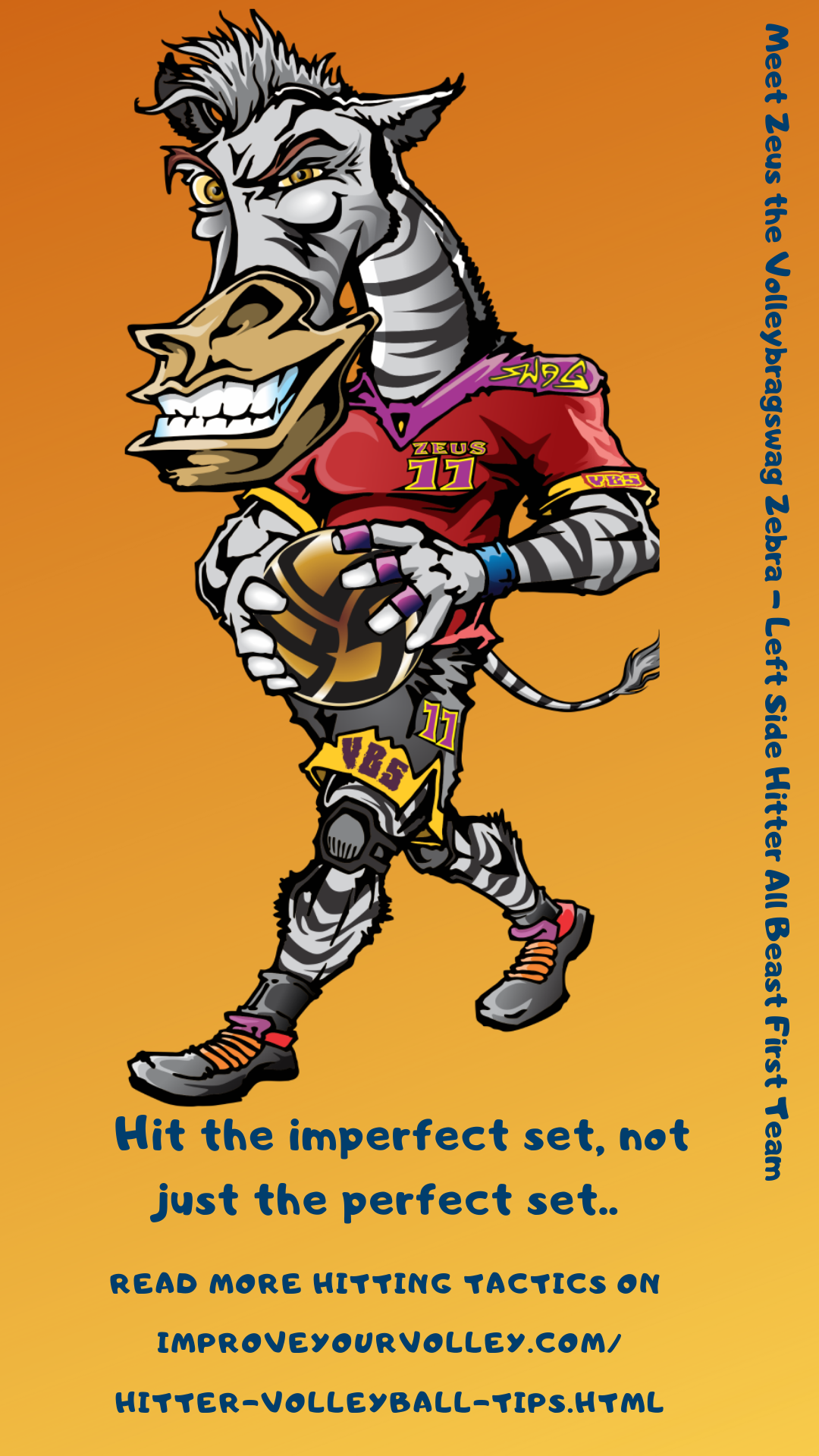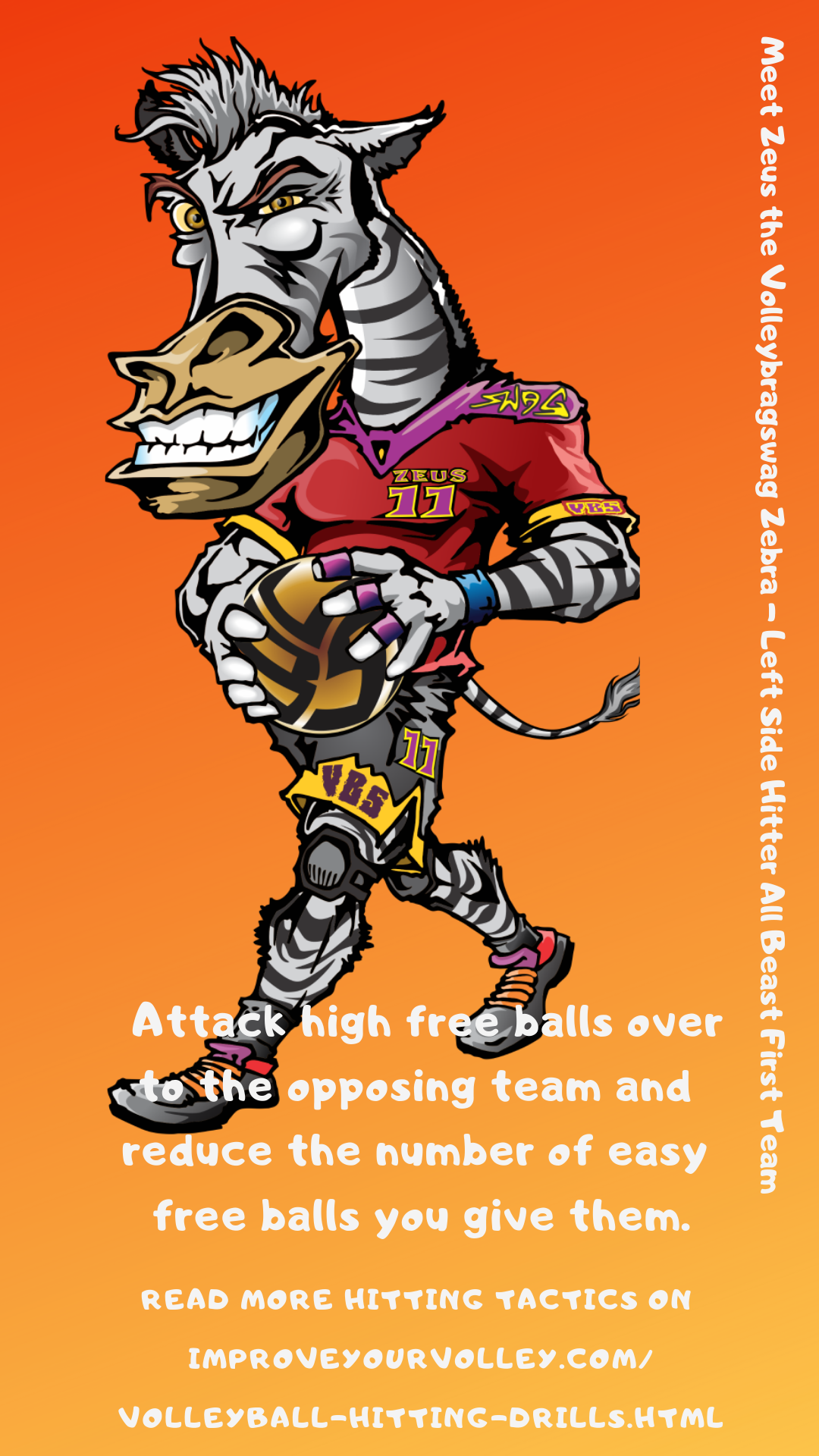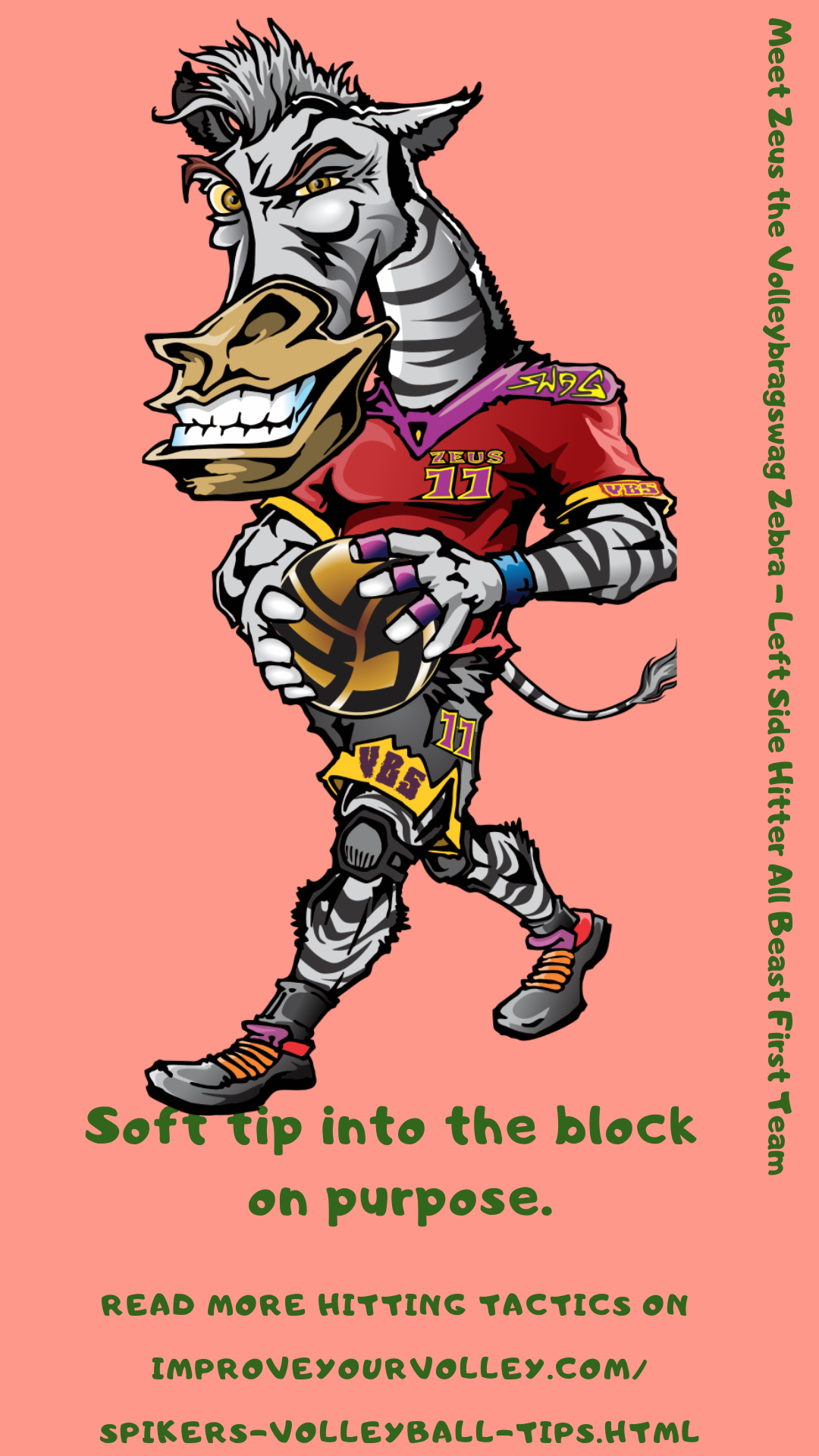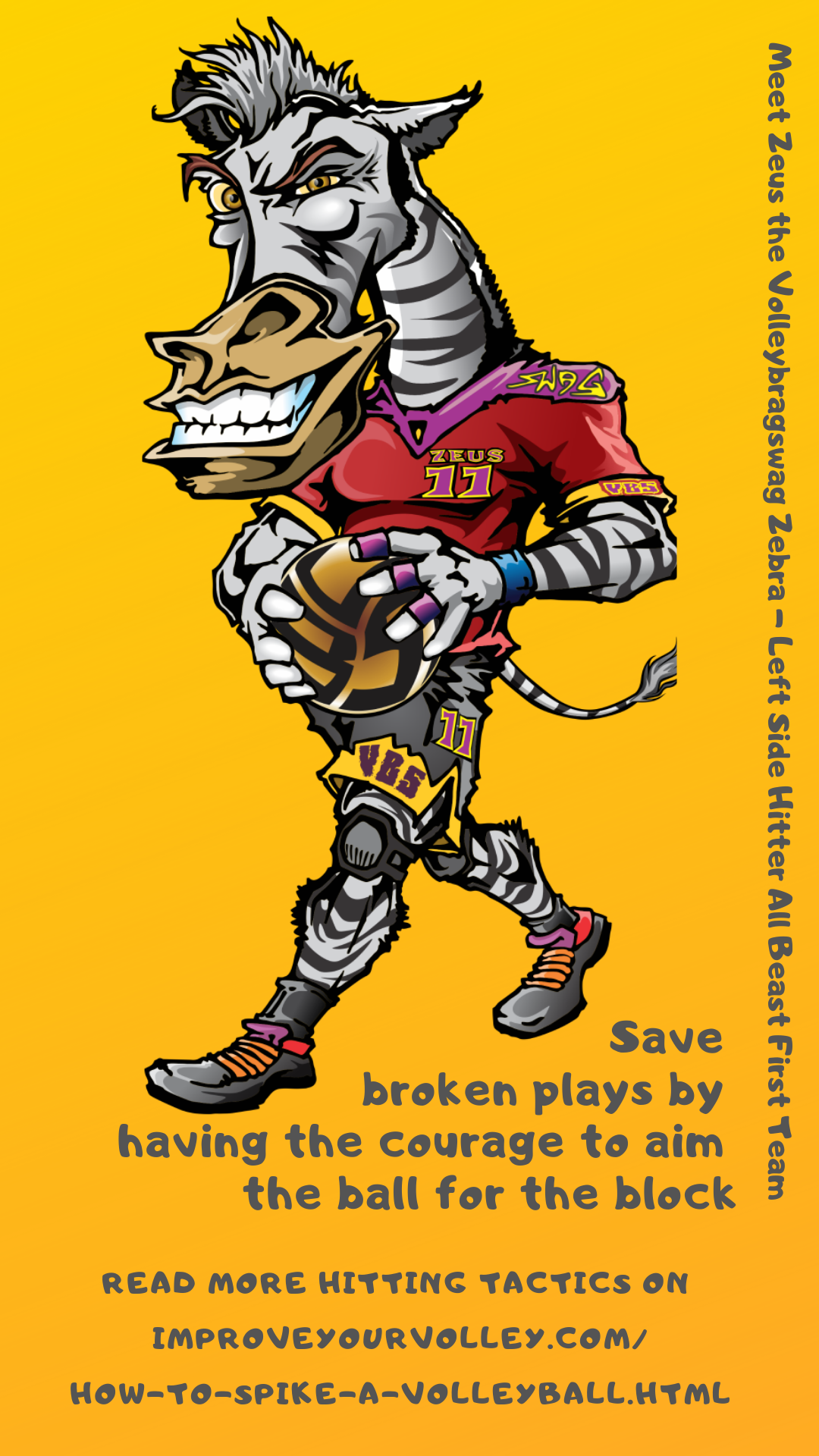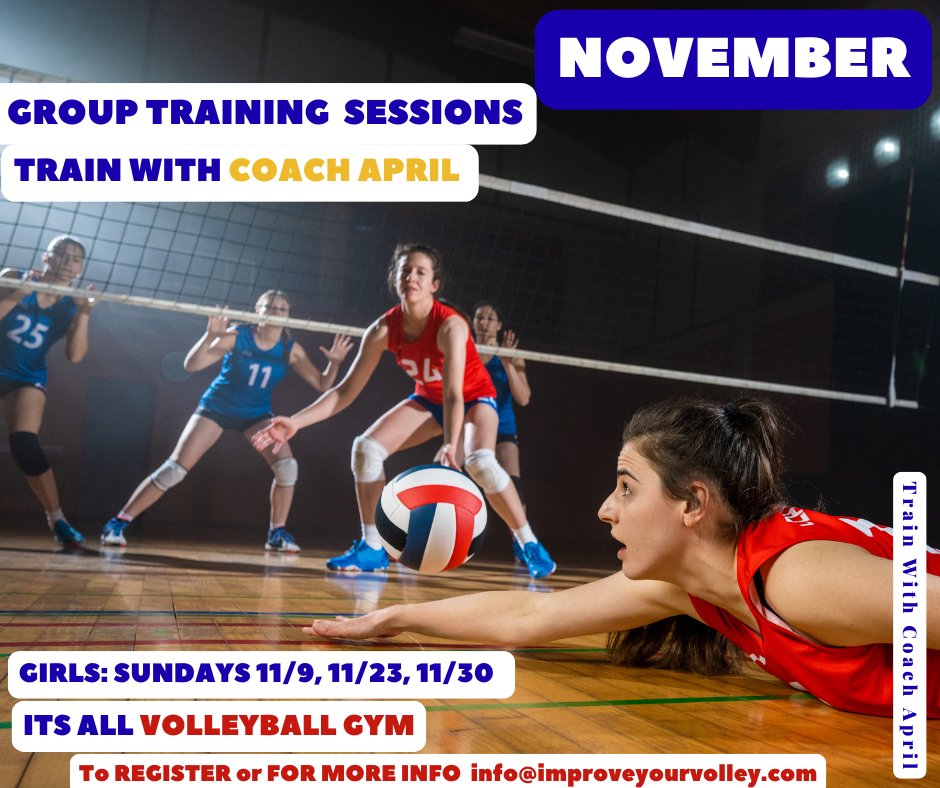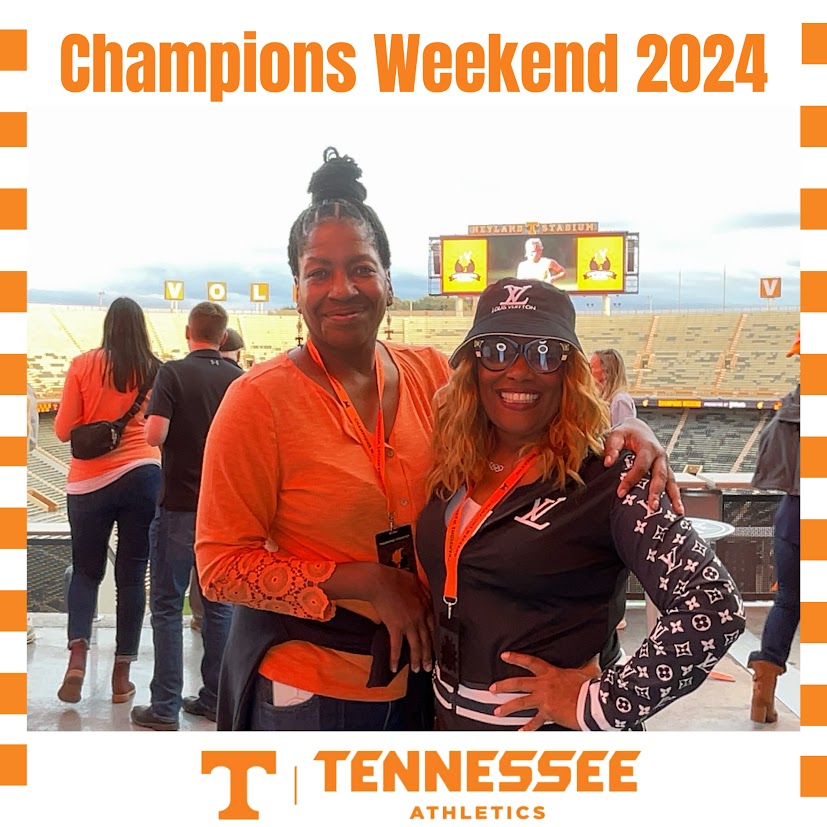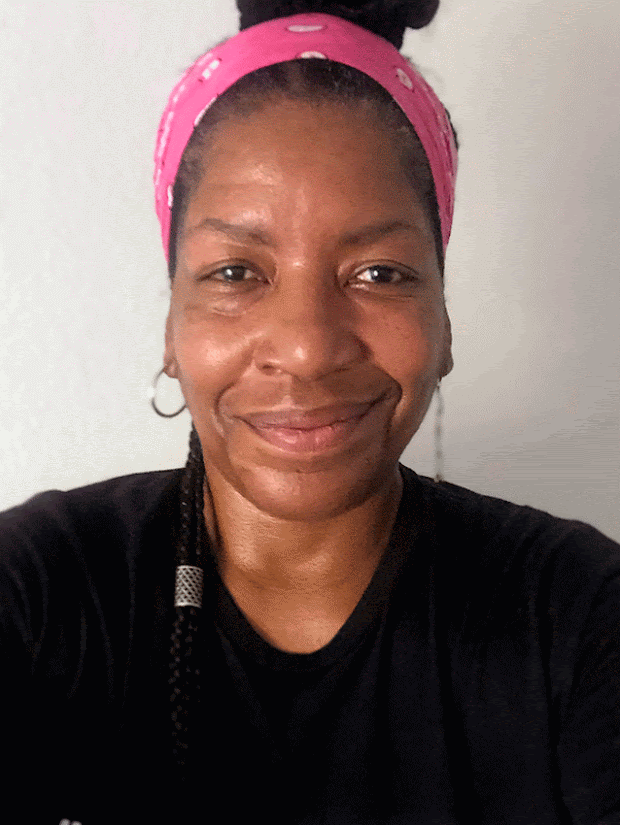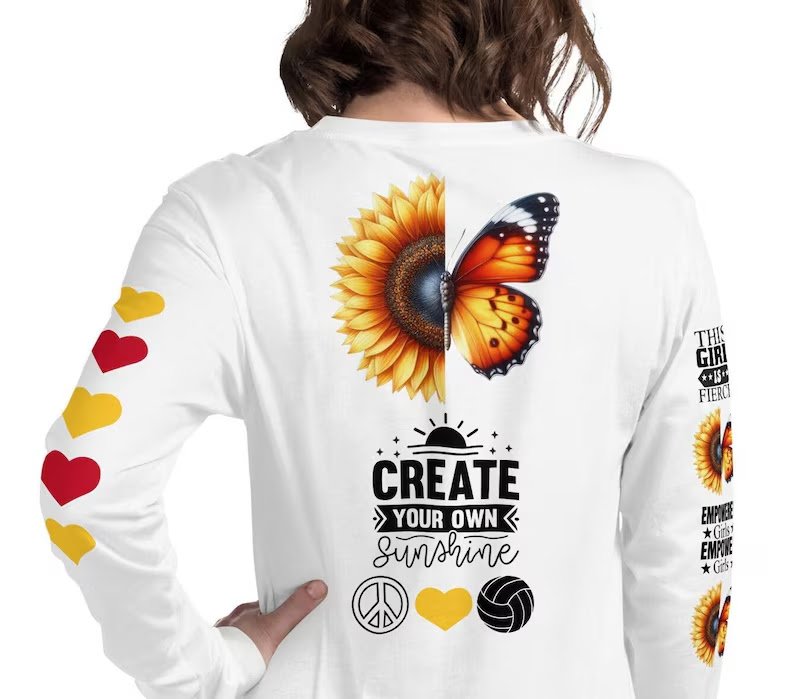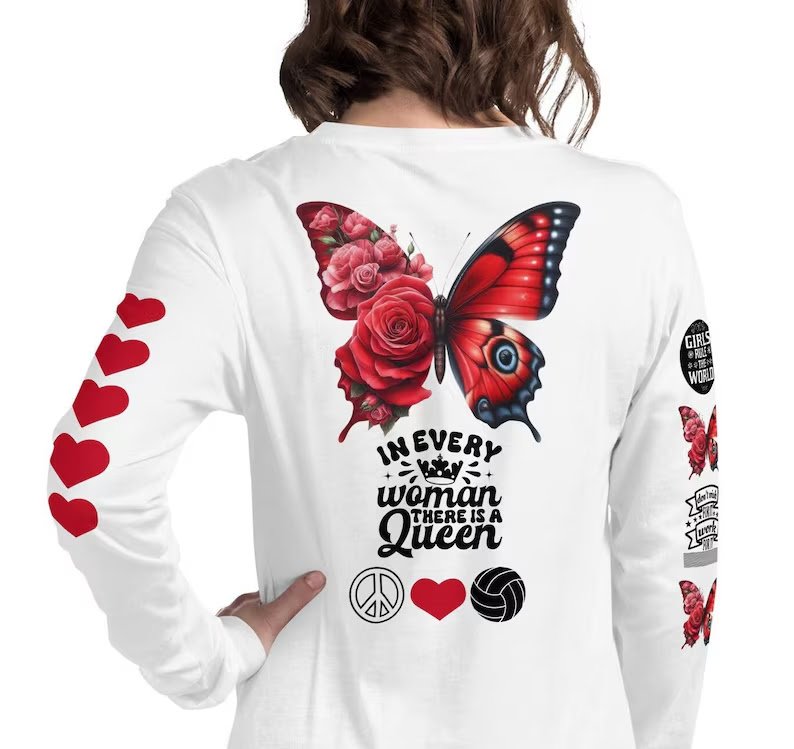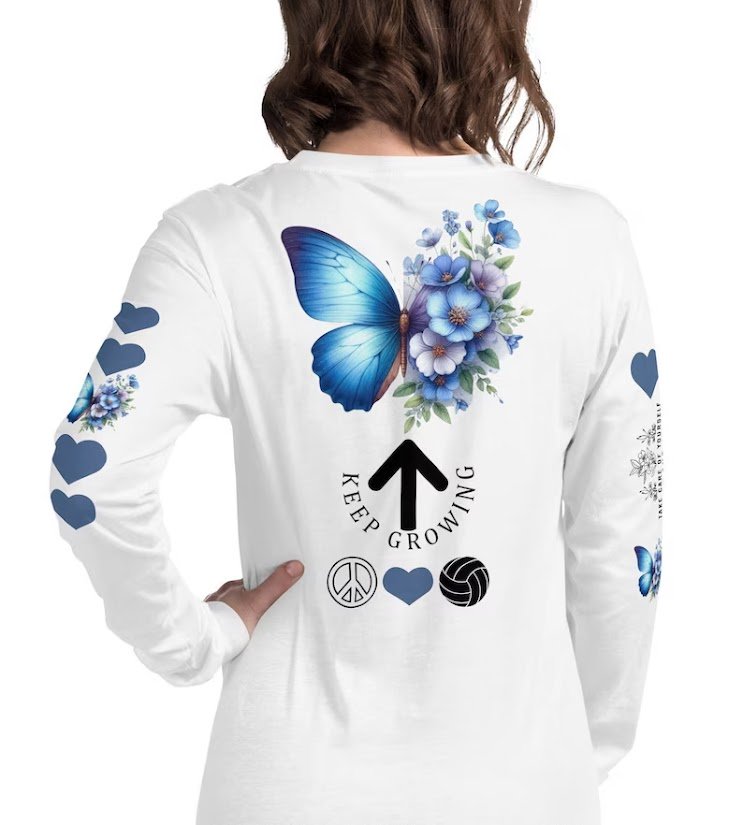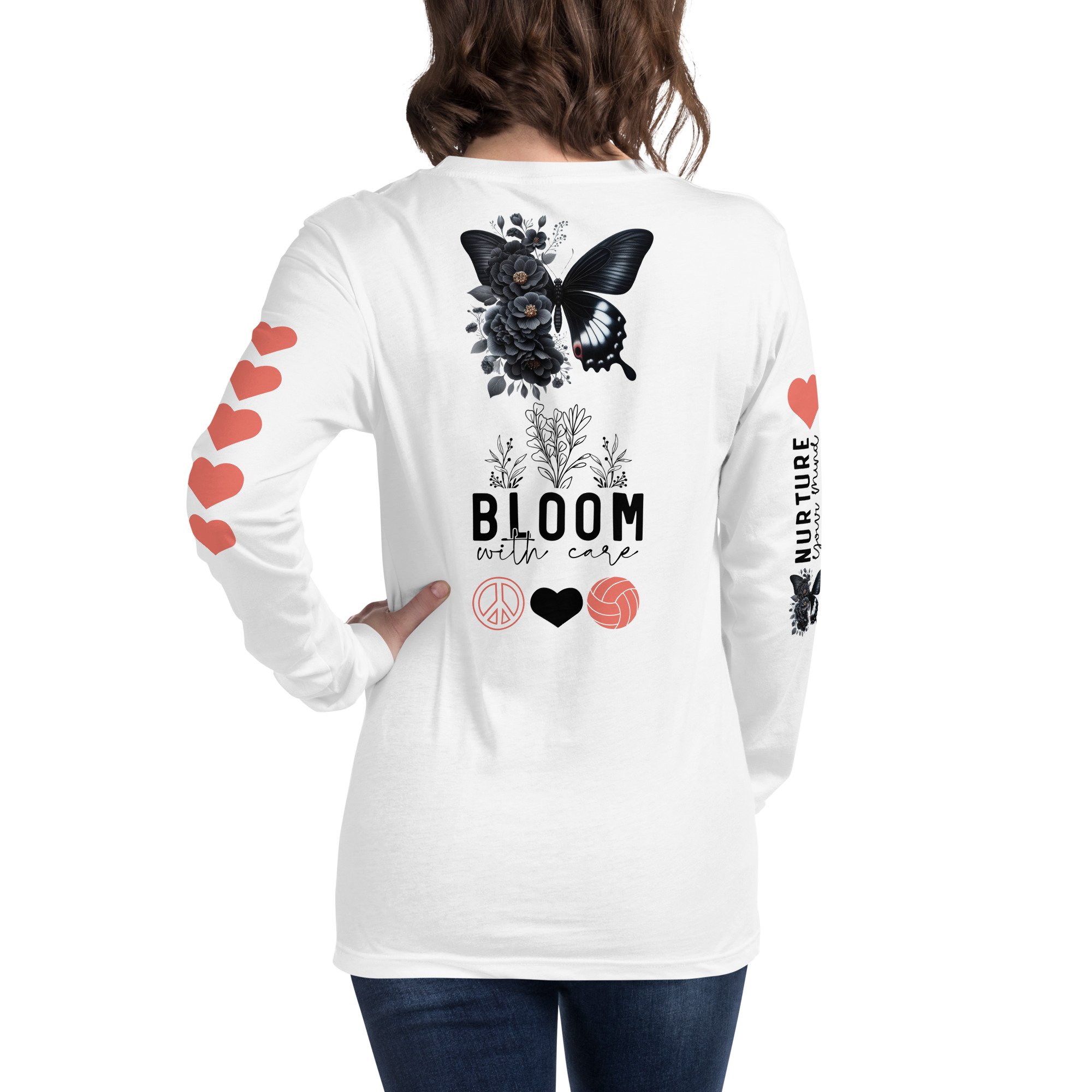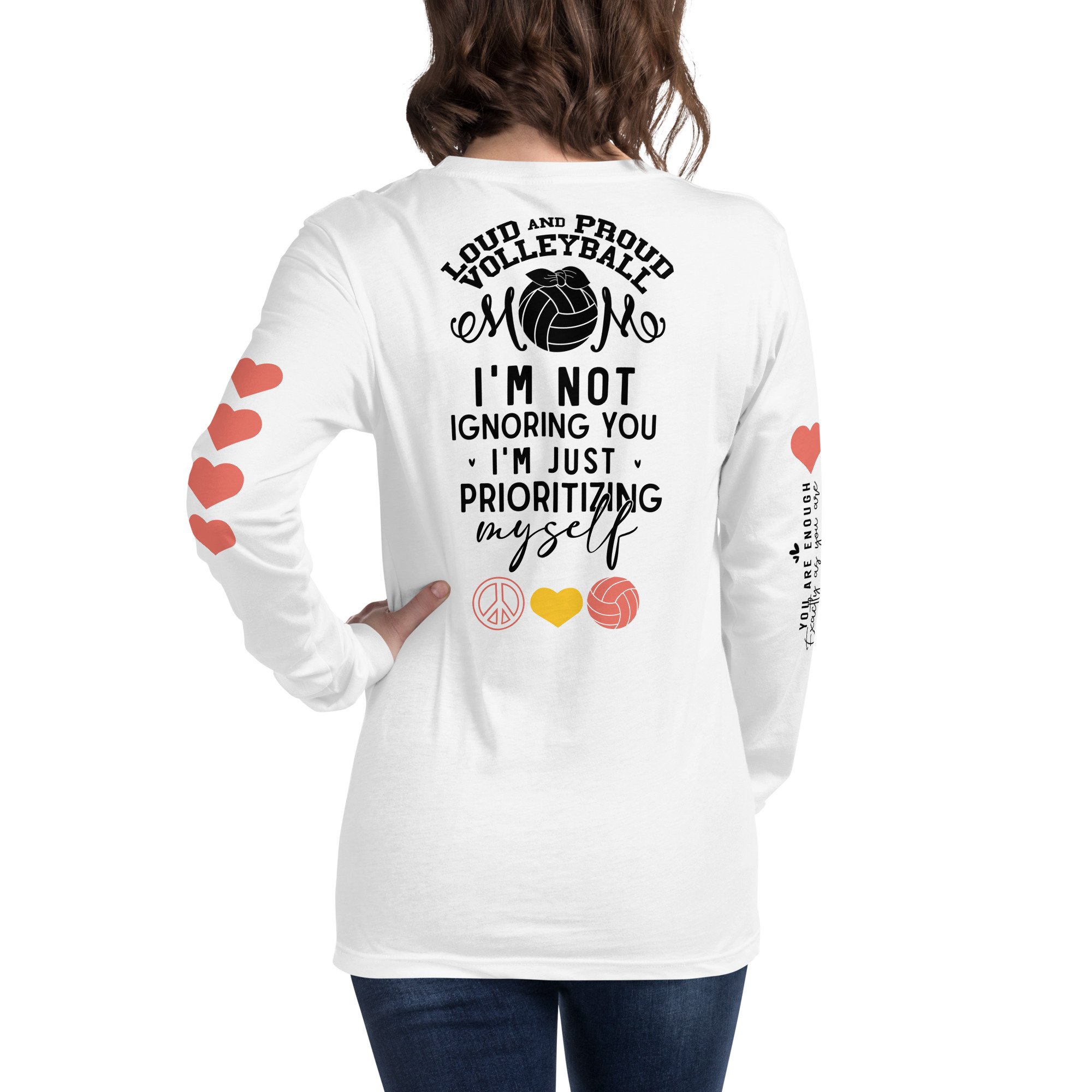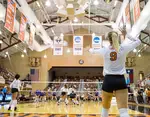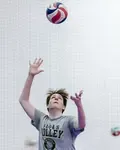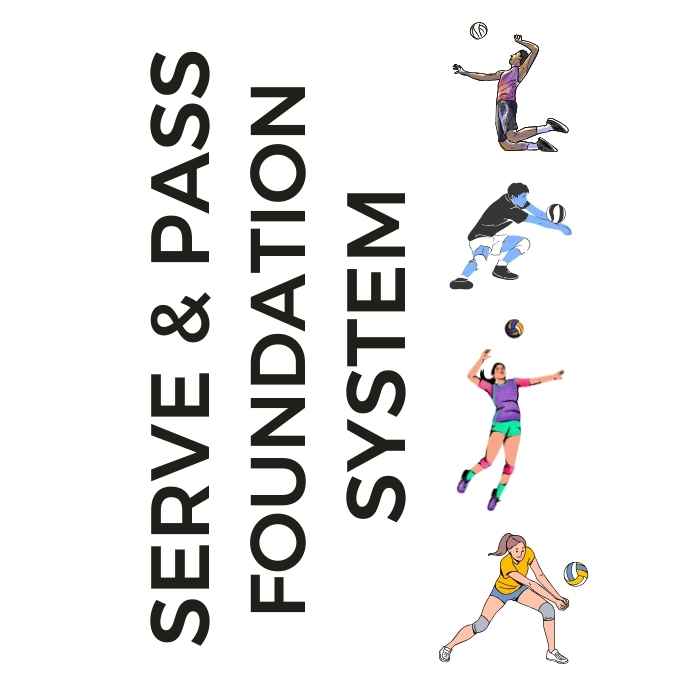
Serve + Pass Foundation System: The Complete Skills Arsenal The two-skill mastery system that transforms inconsistent players into the athletes coaches build their lineups around. Stop Struggling With The Two Most Important Skills In Volleyball!
- Improve Your Volleyball with Coach April
- Volleyball Plays
- Volleyball Hand Signal
Volleyball Hand Signal: Fast Plays Setters Run To Zone 4, Z3, and Z2
Learn the volleyball hand signal used by setters to call fast offensive sets to run plays to their left, middle and right front hitters in zone 4, z3, and z2.
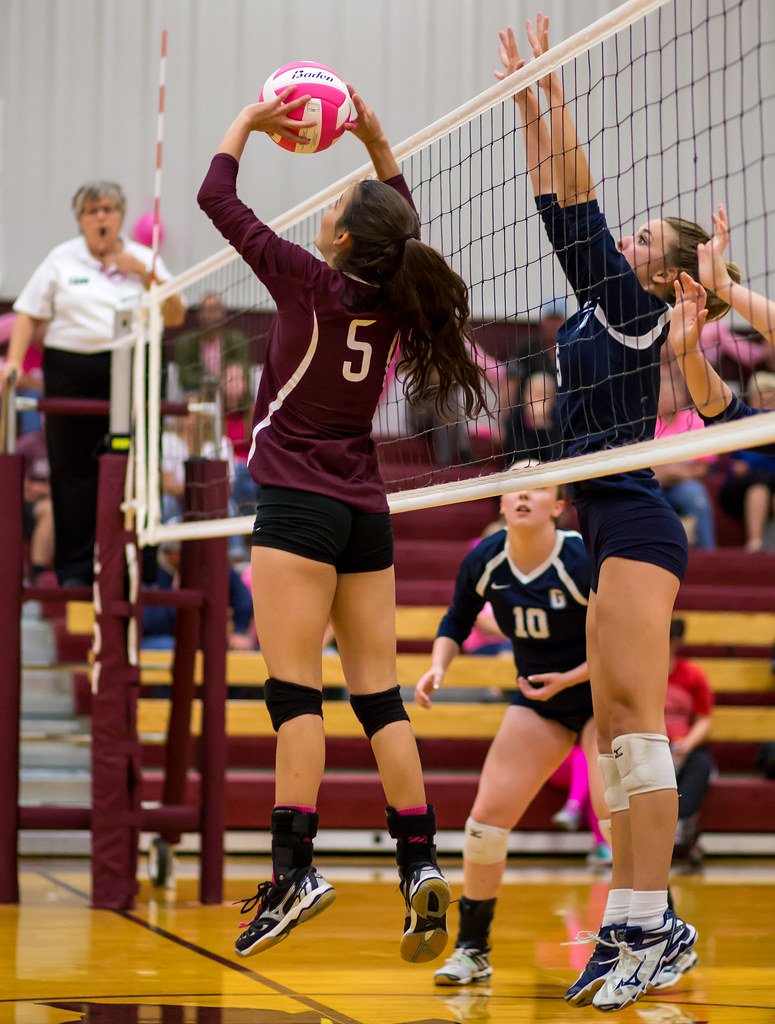 The Volleyball hand signal is used by the setter who is responsible for running her team's offense to communicate the type of sets they will have to hit. (Ralph Aversen)
The Volleyball hand signal is used by the setter who is responsible for running her team's offense to communicate the type of sets they will have to hit. (Ralph Aversen)While fast sets are lower to the net, slow sets are higher sets pushed 8 - 10 feet well above the top of the net.
Each player on offense will get a hand signal as to the type of set they will get.
When all the hitters are each given a different set to run at various locations along the net and they run the play together that's called a "combination play."
Volleyball Setter Hand Signals For Plays To Zone 4:
Fast Sets To The Outside Hitter
The most common volleyball offensive plays set to the left side:
- The volleyball hand signal for the "Hut" varies with each team but for the most part the setter will wave their right hand across their chest for the left side outside hitter to see the call
- The "Hut" is a medium high/medium speed rainbow shaped set that falls just inside the left antenna after peaking 5-6 feet above the net
- The volleyball hand signal for the "Go" - a fast speed/low set with little-to-no-arc that falls inside the left antenna after peaking 3-5 feet above the net - is usually the forefinger and the thumb which the setter wiggles like a gun to show that this is a super fast speed set to the outside.
- The volleyball hand signal for the "32" set has all five fingers together curved like an umbrella or like a rainbow.
- The "32" is a medium speed, medium height umbrella shaped rainbow set that's run as a combination play with the "31"
- The setter will signal the middle blocker to run a "31" and will give the hand signal to the outside hitter to run the "32" at the same time. This play is designed for one player to be coming down from their spike approach (the mdidle blocker) as the outside hitter is going up for there's.
- The location of this combination play is always between Zone 3 and Zone 4 about 4-5 feet in front of the setter.
The Volleyball Hand Signal For Plays To Zone 3:
Quick Sets To The Middle Blocker
- The volleyball hand signal for the "A" set which is also called a "Back one" is the pinkie finger standing up with all the other fingers down and shown to the middle blocker and/or opposite hitter who runs the offensive play with the high speed set 1-2 feet high that falls just behind the setter's back
- The volleyball hand signal for the "31" set is usually 3 fingers held up for the 3 set also known as the 31 set - a high speed set that falls just 4-5 feet away from the setter between Zone 3 and Zone 4 after peaking one foot above the top of the net
- Some setters call the 3 by pumping the thumb like a trigger finger while keeping the forefinger and middle finger together pointed like a gun
- The hand signal for the "2" set is usually 2 fingers held up for this medium tempo ball - that falls just in front of the setter usually in Zone 3 after peaking 2-3 feet above the top of the net
- Some teams differentiate between keeping these two fingers together or breaking them apart

The "Back Two" is a two set located two feet right behind the setter and is often run to Zone 3 or Zone 2 and given to the middle or the opposite hitter.
Similar to the hand signal for the Back One the Back Two is called with the pinkie and the Ring finger raised while the thumb holds down the other two fingers.
The Volleyball Hand Signal For Plays To Zone 2:
Fast Sets To The Opposite/Right Side Hitter
- The "slide" is called with the "Hang Loose" sign with fingers shaped like a "Y" shown to the middle blocker and/or opposite hitter who runs the offensive play with the high speed set 1-2 feet high that falls just behind the setter's back
- This is a flat high speed back set that falls just 4 - 5 feet away from the setter between Zone 3 and Zone 2 after peaking 1-3 feet above the top of the net.
The setter calls the "Red" set with a closed fist that taps the front of their chest.
The "Red" is a medium speed umbrella shaped back set that falls just 3-4 feet away from the setter towards Zone 2 after peaking 1-3 feet above the top of the net and falling just inside the antenna closest to the second referee.
The Red set is also known as a back shoot set.
- Improve Your Volleyball with Coach April
- Volleyball Plays
- Volleyball Hand Signal
If your athlete struggles with consistent serve receive, gets subbed out, or is overlooked for playing time—this is the fix you’ve been looking for.

Struggling with passing consistency?
I help talented passers tired of getting pulled from games because of inconsistent serve receive skills BUILD passing confidence without expensive private lessons using the same 3-step system that's helped dozens of my athletes get recruited.
Download my eBook for $17.99 and start building the passing confidence that keeps you on the court—and gets you seen by college coaches.
From Lady Vol to Legend: Coach April Produces Powerful Passionate Players...is that you?
What Are You Looking For?
Click to Download Your Pre Serving Ritual Mastery Checklist pdf:
🎯Volleyball Pre Serving Ritual Guide -
Players! Learn How To Transform Your Serve from Weak to Weapon
Click to Download Your Parent's Volleyball Serving Checklist pdf
🎯Parent's Volleyball Serving Checklist Guide
Parents! Help Your Player Develop Championship Serves (Even If You've Never Played)
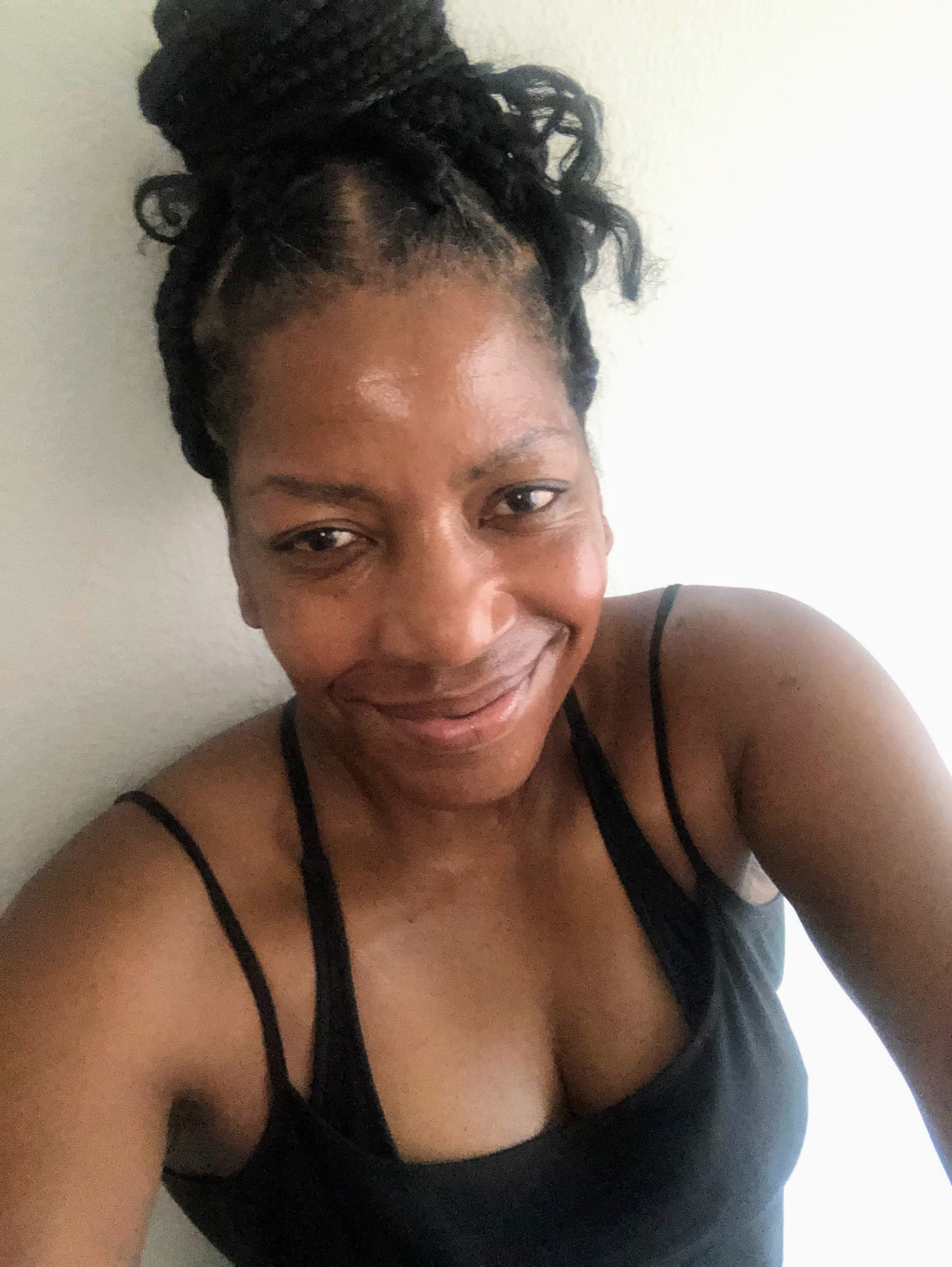
Hi there!
Thanks for stopping by. Hope you learned something today that will help you reach your volleyball goals.
Be sure to subscribe to my email newsletter so you can learn more each week!
Stay strong! Stay motivated!
-Coach April
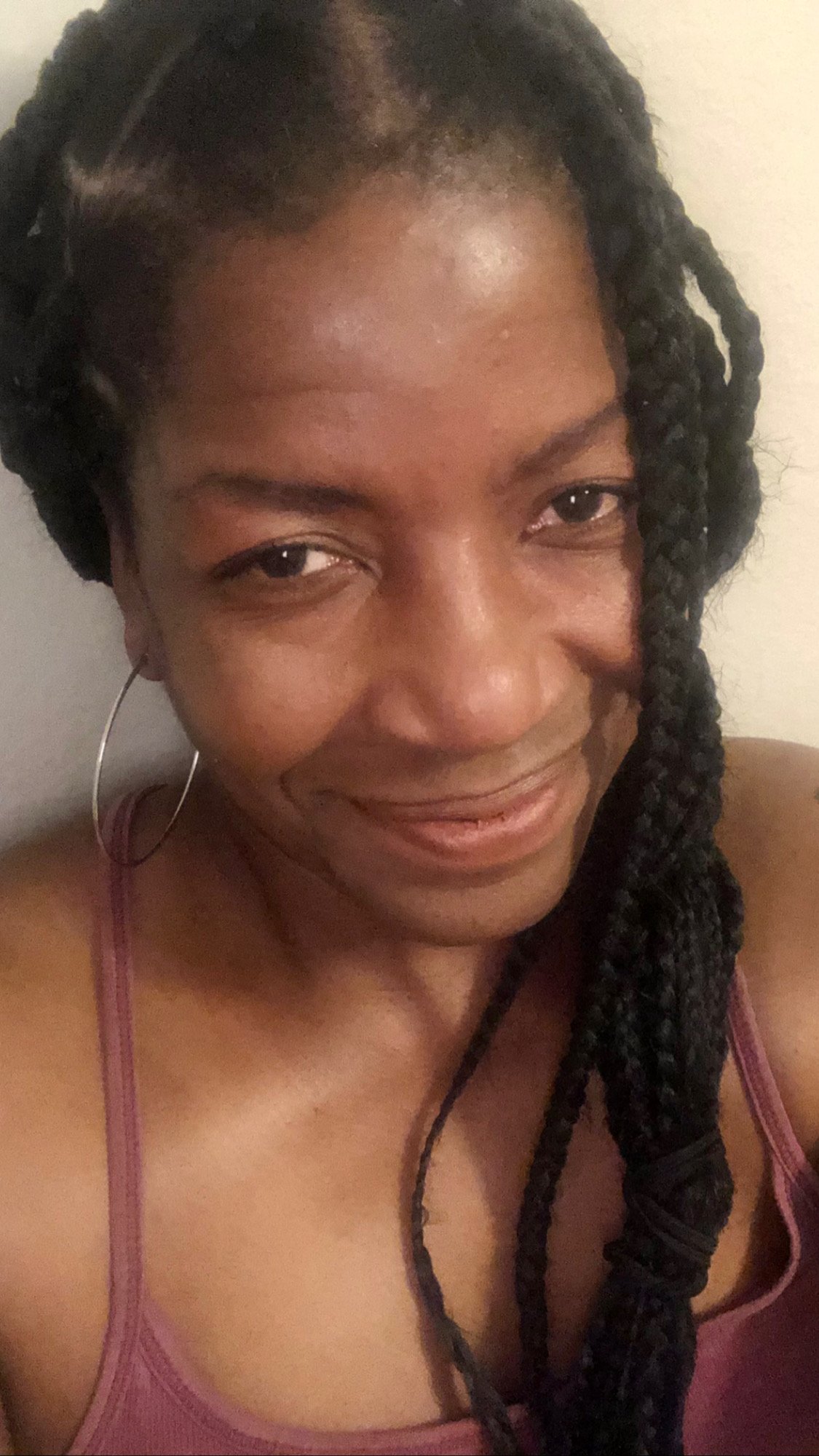
SUSCRIBE to my email newsletter below!
 Click to learn more about the weekly volleyball classes and clinics or email info@imrpoveyourvolley.com for information
Click to learn more about the weekly volleyball classes and clinics or email info@imrpoveyourvolley.com for informationCongratulations to my seven Boys-18s Vegas Volley club players who played in two state championship finals yesterday, the 3A and 5A State champinship finals at Sunrise Mountain High School.
TOURNAMENT CHAMPIONS!
A-1 Vegas Volley VBC
In It To Win It Tournament
May 2 - 4, 2025 Tournament
Gold Medalists
18s Premier Division
Vegas Volleyball's Unsung Heroes: Celebrating Moms with Peace Love Volleyball Shirts
Ready to energize your volleyball mom journey?
Subscribe to my 'Producing Powerful Passionate Peaceful Players' email list above on ImproveYourVolley.com.
You'll receive energy-boosting tips, exclusive insights from me, Coach April Chapple on maintaining momentum in volleyball.
Let's power up the Vegas volleyball scene together!
Recent Articles
-
5 Essential Serving Tips from Tennessee's #2 Career Aces Record Holder
Dec 09, 25 11:39 PM
I've identified the 5 essential serving tips that separate confident servers from struggling ones and you'll serve with the confidence that creates aces -
The Volleyball Toss How Consistent Is Your Ball Toss Before You Serve?
Dec 07, 25 12:29 AM
The volleyball toss for the overhand serve needs to consistently be two feet up in the air and one foot in front of front foot which puts the ball in front of your serving arm. -
Shop Small: Real Volleyball Training With + Results From A Real Coach
Dec 03, 25 10:30 AM
Support a woman-owned business. Get training from a former elite pro with 13+ years coaching experience. Ditch the big box store--invest in proven results.

